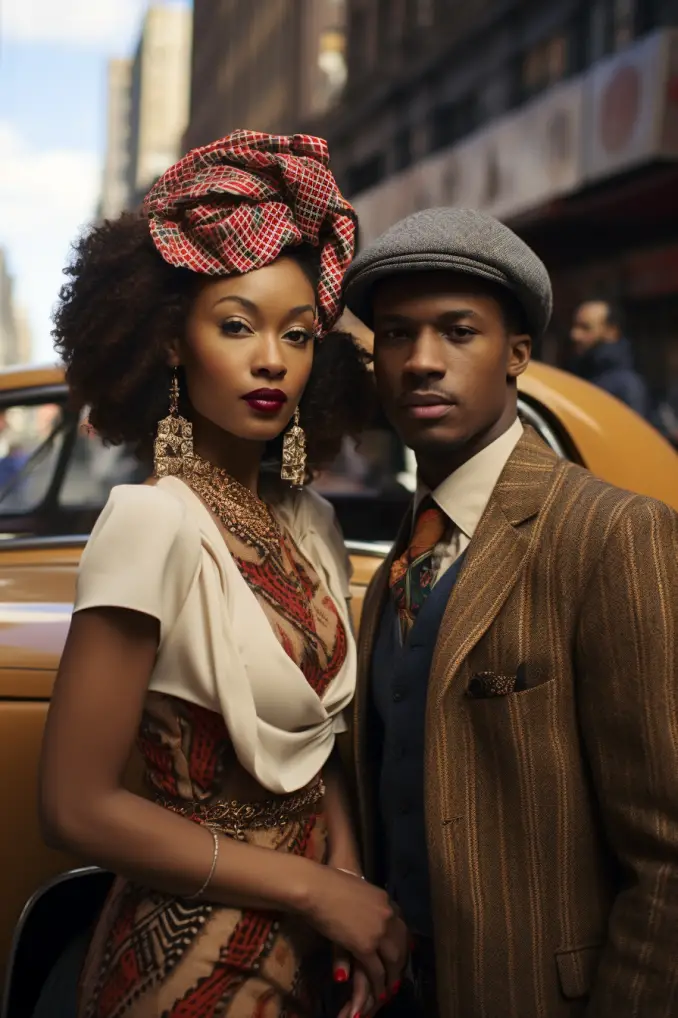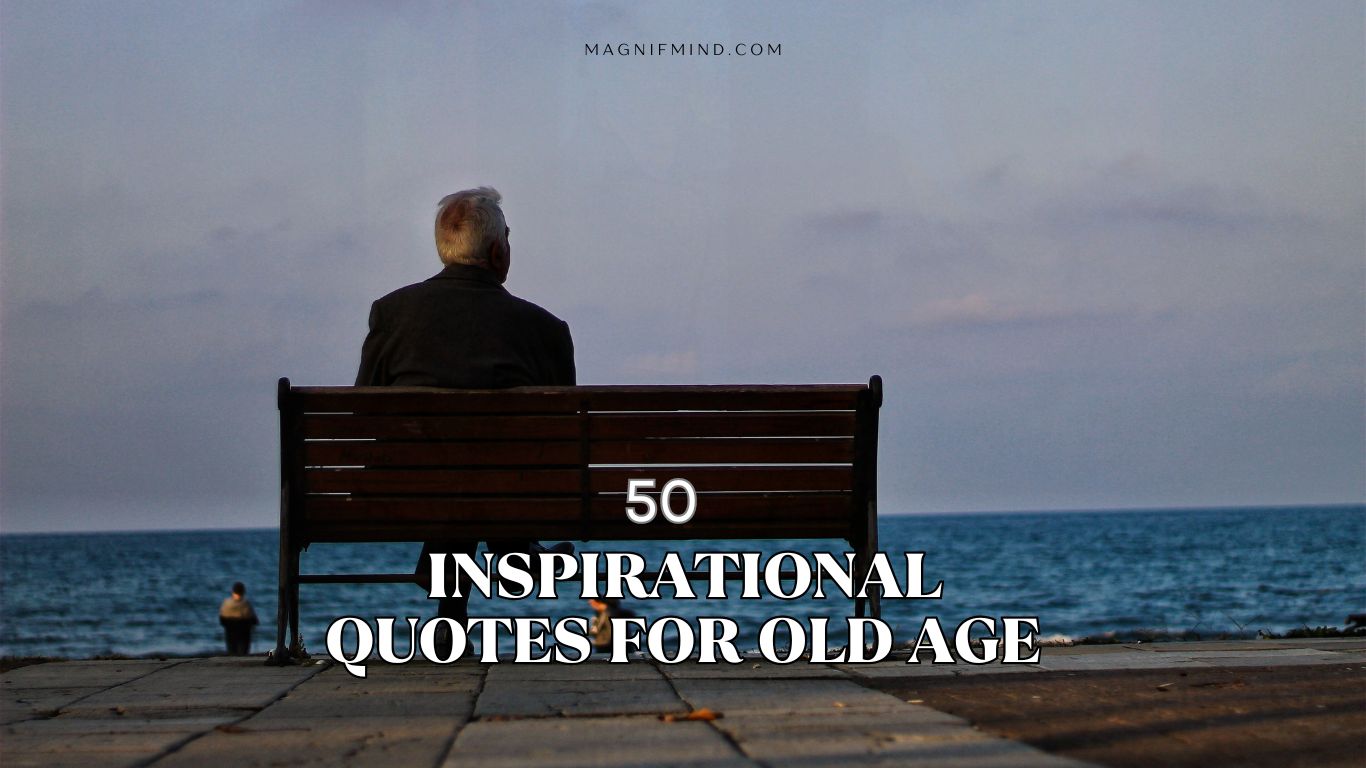
The Harlem Renaissance, a vibrant cultural movement that blossomed during the 1920s, stands as a transformative period in American history.
This remarkable era celebrated African American art, music, literature, and culture in unprecedented ways.
In this blog post, we’ll embark on an engaging exploration of the Harlem Renaissance.
We’ll delve into its historical context, introduce you to influential figures, explore various forms of artistic expression, delve into its sociocultural impact, and ultimately uncover seven captivating facts.
These facts will not only deepen your understanding but also foster a greater appreciation of this pivotal moment in American culture.
Historical Context
Step into the historical tapestry of the 1920s, where the Harlem Renaissance unfolded as a response to the Great Migration.
This significant movement saw African Americans migrate en masse from the rural South to the bustling urban North, driven by a pursuit of better opportunities and a desire to escape racial discrimination.
The heart of this cultural awakening was Harlem, nestled in the vibrant landscape of New York City.
Within its boundaries, a flourishing artistic and intellectual community took root, marking a transformative era in African-American cultural history.
This period not only left an enduring impact on the broader American arts and literature landscape but also became a symbol of resilience and creative expression.
- Read also: Top 7 Great Renaissance Artists
- Read also: Who Discovered America
Key Figures of the Harlem Renaissance
The Harlem Renaissance boasted a roster of key figures whose contributions left an indelible mark on American arts and culture:
Langston Hughes
Langston Hughes, an iconic figure in the Harlem Renaissance, left an indelible mark as a poet, novelist, and playwright.
His influential presence resonates through poignant works like “The Negro Speaks of Rivers” and “Harlem (A Dream Deferred).”
Hughes skillfully captured the essence of the African American experience, earning him recognition as a literary luminary during this transformative era.
Zora Neale Hurston
Zora Neale Hurston, a distinguished writer and anthropologist, made her mark with the celebrated novel “Their Eyes Were Watching God.”
Her work delved into profound explorations of identity and womanhood, contributing significantly to the literary landscape of the Harlem Renaissance.
Duke Ellington
In the realm of music, Duke Ellington stands as a jazz legend of unparalleled stature.
His contributions enriched the cultural milieu with timeless compositions such as “Take the ‘A’ Train” and “Mood Indigo.”
Ellington’s musical genius not only inspired but continues to enchant listeners, solidifying his legacy as a pivotal figure in the Harlem Renaissance.
Through their respective mediums, both Hughes and Ellington played vital roles in shaping and defining the cultural landscape of this vibrant era.
Jacob Lawrence
Jacob Lawrence, a visual artist renowned for his striking visual narratives, created the “Migration Series” of paintings.
These works vividly depicted the Great Migration, telling a powerful story through art and providing a compelling visual representation of the socio-cultural changes during this transformative period.
Artistic Expression
During the Harlem Renaissance, artistic expression flourished across a diverse spectrum of forms and genres.
The movement served as a vibrant hub where creativity in its myriad forms found a home and resonated with cultural richness.
This artistic efflorescence was not confined to a singular medium but rather manifested in a kaleidoscope of creative expressions.
Whether through literature, music, visual arts, or other forms, the Harlem Renaissance became a melting pot of innovation and cultural vibrancy, leaving an enduring legacy that continues to influence and inspire artistic endeavors today.
Visual Arts

Harlem renaissance art
The Harlem Renaissance marked a remarkable period of flourishing visual art within the African American community.
Artists such as Aaron Douglas, Palmer Hayden, and Archibald Motley emerged as prominent figures, using their artistic prowess to vividly depict the vibrancy of African American life.
Through their works, these artists not only captured the external beauty but also conveyed a profound sense of pride and cultural identity, contributing significantly to the artistic tapestry of the era.
Jacob Lawrence’s migration series
A standout masterpiece of this period is Jacob Lawrence’s “Migration Series.” This collection comprises 60 panels, each a visual narrative portraying the arduous journey and hopeful aspirations of African Americans during the Great Migration.
Lawrence’s artistic genius shines through as he skillfully weaves together a powerful story, using striking visuals to convey the challenges, resilience, and dreams of those who undertook this transformative journey.
The “Migration Series” stands as a testament to the narrative potency of visual art, encapsulating a pivotal moment in African American history with both depth and artistic finesse.
Sociocultural Impact
Breaking racial barriers
The Harlem Renaissance marks a transformative period in American history, leaving an enduring sociocultural impact that resonates today.
At its core, this cultural movement played a pivotal role in dismantling longstanding racial barriers that had constrained African American artists for generations.
By challenging stereotypes and providing a platform for creative expression, the Harlem Renaissance catalyzed the breakdown of these barriers, ultimately paving the way for greater inclusivity and representation in the cultural landscape.
Lifting cultural identity
Beyond breaking racial barriers, the Harlem Renaissance served as a powerful force in lifting the cultural identity of African Americans.
It marked a cultural reawakening, instilling a profound sense of pride in heritage and history.
Through literature, music, and visual arts, the movement fostered a celebration of African American culture, highlighting its richness and contributing to a broader understanding of the diverse tapestry that is American identity.
Spreading awareness
Another lasting legacy of the Harlem Renaissance is its significant role in raising awareness of the struggles faced by African Americans.
Creative expressions during this era, whether through literature, music, or visual narratives, became powerful vehicles for conveying the harsh realities of racial injustice.
The movement emerged as a formidable advocate for equality and civil rights, utilizing the arts to illuminate the pressing social issues of the time.
This dual impact—breaking racial barriers and spreading awareness—solidified the Harlem Renaissance as a pivotal force in reshaping societal norms and fostering a more inclusive and equitable future.
Legacy of the Harlem Renaissance
The profound legacy of the Harlem Renaissance echoes through the corridors of time, leaving an indelible mark on American culture and society that resonates even in the present day.
Influence on future generations
The enduring impact of the Harlem Renaissance is most evident in the profound influence it exerted on future generations.
Acting as fertile ground, the movement nurtured the talents of African American artists, writers, musicians, and activists.
The individuals who emerged during this cultural renaissance laid a robust foundation, inspiring subsequent generations to explore, express, and redefine their own narratives.
Today, the legacy of the Harlem Renaissance lives on through the ongoing influence of these trailblazing individuals, with their creativity continuing to shape and enrich contemporary culture.
Cultural resurgence
Beyond individual influence, the Harlem Renaissance ignited a broader cultural resurgence that emphasized the significance of African American culture and identity.
This emphasis marked a significant paradigm shift, fostering a greater recognition of the importance of diverse voices within the American cultural landscape.
The movement challenged prevailing norms, ultimately paving the way for a more inclusive understanding of the nation’s history and identity.
This acknowledgment of diversity continues to be a driving force in shaping a more comprehensive and nuanced understanding of American society.
- Read also: Top 10+ Black History Facts You Need to Know
- Read also: A Glimpse into Ancient Roman Artifacts
Conclusion
The Harlem Renaissance stands out as a noteworthy chapter in American history, marking a celebration of the vibrancy and diversity inherent in African American culture during a crucial period of societal transformation.
This cultural movement provided a significant platform for artists and intellectuals to share their experiences, confront racial prejudices, and uplift the African American community.
The impact of the Harlem Renaissance reverberates into the present, evident in the creations of contemporary artists and in the ongoing pursuit of equality and justice.
It serves as a powerful testament to the enduring influence of art and culture in shaping and evolving society.


